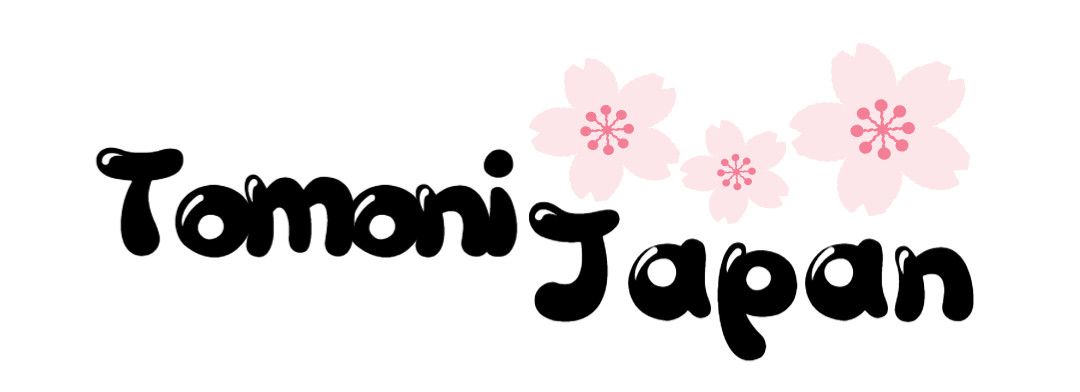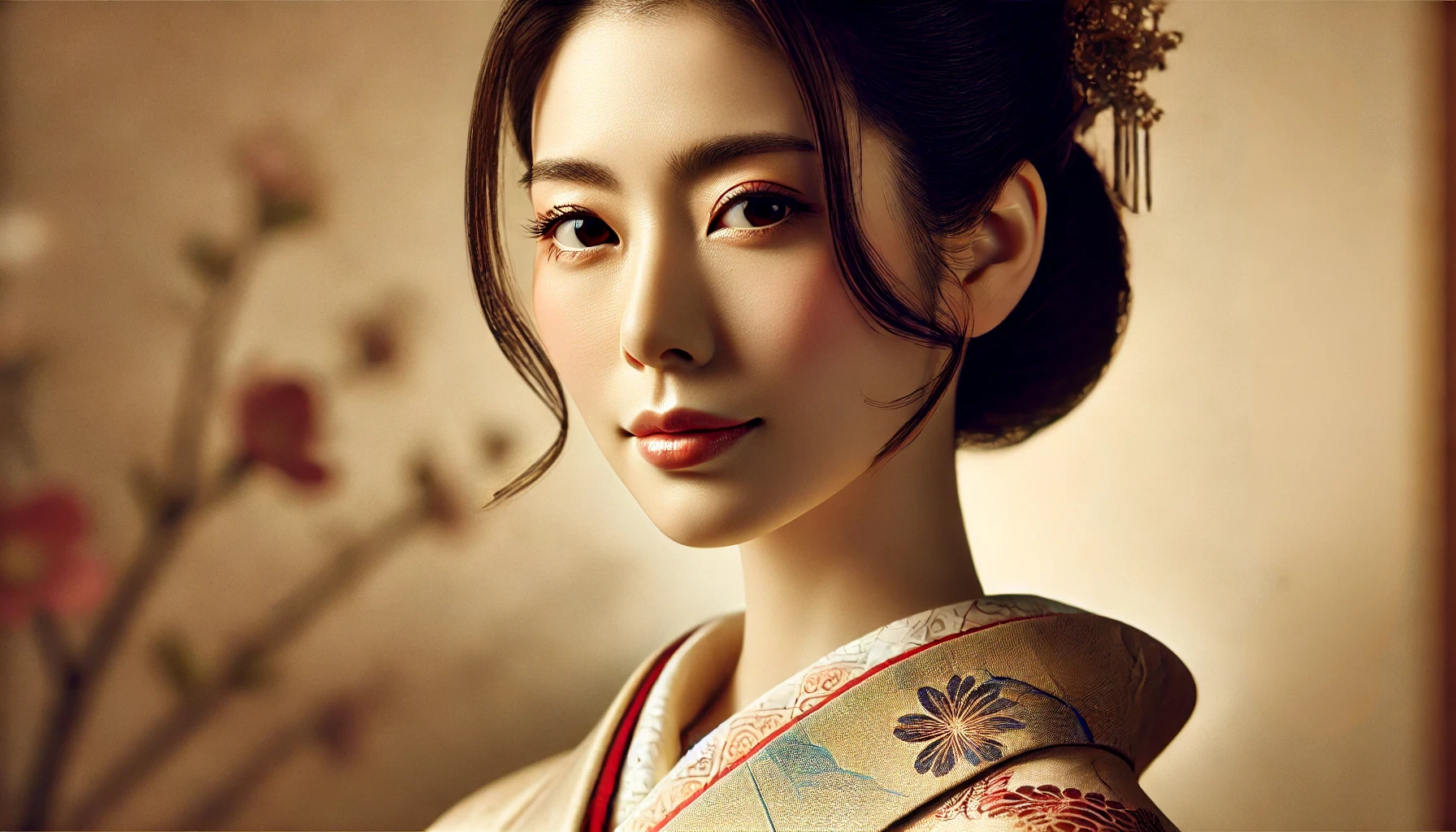In Japan, New Year’s celebrations are deeply intertwined with unique traditions, and among them, Omiki and Otoso hold a special place. These two traditional alcoholic beverages are not merely drinks but symbols of spirituality, health, and longevity. Let’s dive into their characteristics and cultural significance.
Omiki: Sake Offered to Deities
Omiki refers to sake offered to Shinto deities as part of religious ceremonies. It acts as a medium connecting humans with the divine.
Features of Omiki
- Offered at Shrines or Home Altars: Omiki is presented on Shinto altars both in public shrines and private homes.
- Clear Sake Preferred: While clear sake is most commonly used, other variations are also included.
- Sacred Properties: Consuming Omiki symbolizes sharing sustenance with deities and receiving their blessings.
Types of Omiki
- Seishu (清酒): Standard clear sake, widely used at shrines.
- Shiroki (白酒): Milky, unrefined sake similar to nigori.
- Kuroki (黒酒): A blend of milky sake and plant ashes for a unique taste.
- Reishu (醴酒): A sweet, mild sake akin to Amazake.
Otoso: Herbal Sake for Health and Longevity
Otoso is a medicinal herbal sake consumed during New Year’s to pray for health and longevity.
Features of Otoso
- Special Utensils: Otoso is served in a set of three nested cups, from smallest to largest.
- Decorated Bottles: The sake container, called Choshi, is adorned with New Year’s motifs.
- Medicinal Value: Otoso’s herbal infusions are believed to promote well-being and ward off illnesses.
The Tradition of Otoso
Families gather on New Year’s morning to drink Otoso, symbolizing unity and wishing for a prosperous year ahead.
Comparing Omiki and Otoso
| Aspect | Omiki | Otoso |
|---|---|---|
| Purpose | To honor deities and receive blessings | To pray for health and long life |
| Type | Clear, milky, or sweet sake varieties | Herbal-infused sake with medicinal properties |
| Occasion | Religious ceremonies or shrine offerings | Family celebrations on New Year’s Day |
The Deeper Meaning of New Year’s Sake in Japan
Omiki and Otoso carry profound cultural and spiritual significance. While Omiki connects humans with divine blessings, Otoso fosters health and familial bonds. Together, they embody the essence of Japan’s New Year traditions, blending spirituality with wellness.

